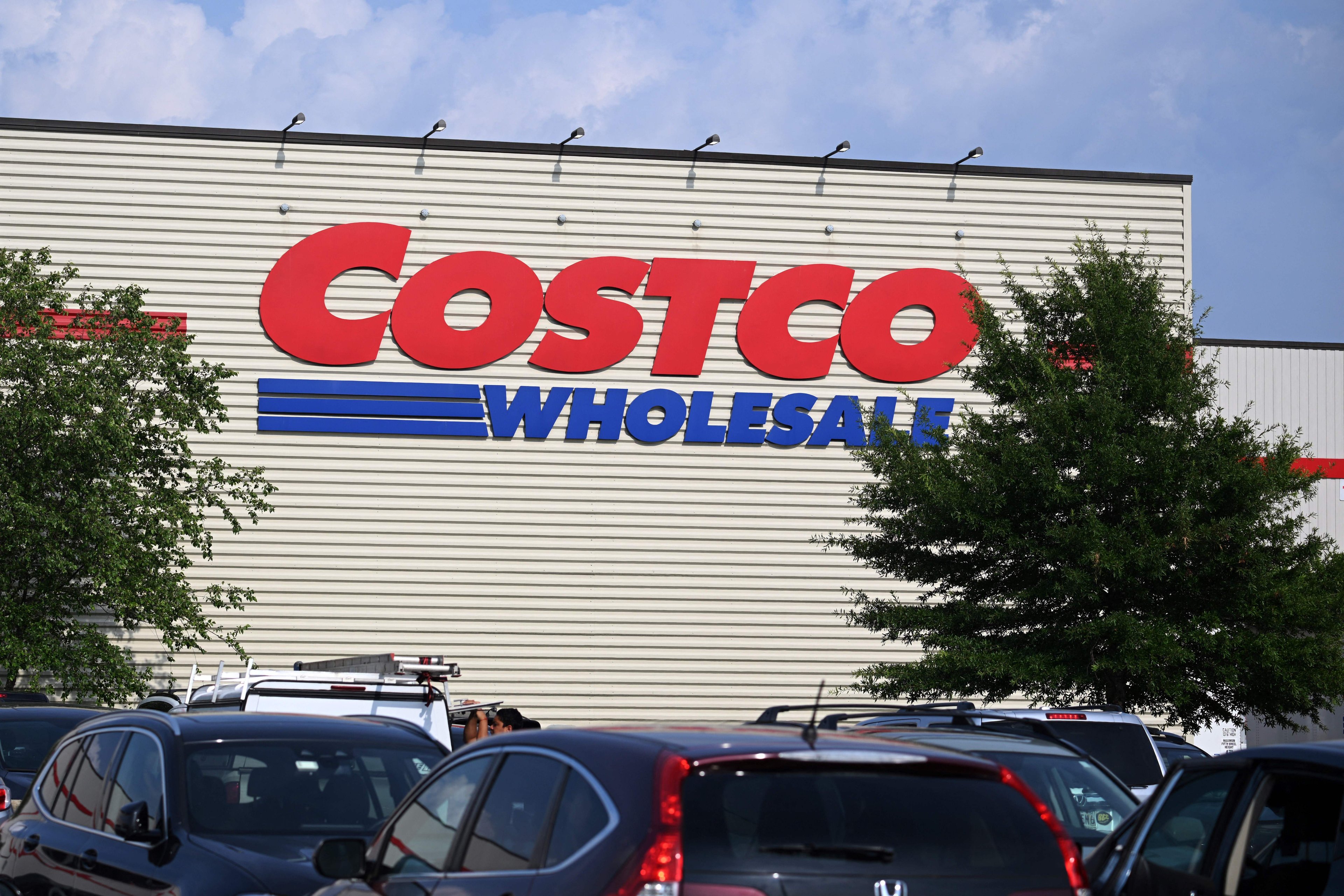Join The Motley Fool for a conversation with retired Costco (COST +0.78%) CEO Jim Sinegal. In love with retail since his first job as a bagger in 1954, Sinegal co-founded Costco and served as president and CEO of the retail giant from 1983 until his retirement in January 2012.
Sinegal discusses the two general categories of Costco products: basic, everyday items with better prices than shoppers will find at competing stores, and the ever-changing "treasures" offered at incredible prices, but only while supplies last.
Brendan Byrnes: Could you walk us through how a new product gets onto Costco's shelves, what the process is behind that? Do you make little bets and try some out in some stores and see if that works, or do you go all-in and purchase in big bulk? How do you buy it from suppliers when you're looking at new products?
Jim Sinegal: There's a multifaceted answer to that question.
Let me just say that, in many instances when we want to try and test a product, and perhaps we're going to buy less than a trainload or a boatload, we'll price the product as though we bought it right, just to determine whether or not we think it has the ability.
We're going to put it in one or two or three locations and test it out and we want to know whether or not, if we're pricing it right, we can really move it in quantity. That's one of the aspects of looking at it.
Our product mix of the roughly 4,000 items that we have is made up of about 3,000 items that are basic; the kind of items that you're going to walk in and you're going to find just about every day.
Now, the characteristics of that product might change. You might come in one time and see that we have Chicken of the Sea tuna and you come in the next time and it's Bumblebee tuna. It's always in a convenient 8-pack or 10-pack, but we're going to have a good brand of tuna that's going to be available for you when you shop with us.
That's kind of a basic item. It could be Prego spaghetti sauce one time and it could be Ragu the next time -- the best buy that we can find in that category. Those are basic items that you're going to come in and find on a day-in and day-out basis. The customer is always going to find that we have copy paper available.
Then about 1,000 of the 4,000 items that we carry are what we refer to as the "treasure hunt" items. Those are the items that are constantly changing. If you came in one time, you might see that we have some Under Armour garments, and you come back the next time and we don't have the Under Armour garments but maybe we have some Coach handbags that are available.
Those 1,000 items are the items that, as I mentioned earlier, are the treasure hunt. Those are the types of things that continue to bring customers in shopping with us. We try to create an attitude in those kinds of products that if you see it, you'd better buy it because chances are it's not going to be there next time -- so create an urgency in the customer.
When we're doing our job best, when we're doing the best job of purchasing and doing the presentation of our product mix best, that's when we're doing the best job on the treasure hunt.
Customers love the fact that we're going to save them $0.50 or $0.60 or $0.75 on a jar of peanut butter, and they would never forgive us if we didn't save them that, but that's not enough to bring them out of the hills.
What really gets them in there is when they see something like the Under Armour garment that we're selling for $20 that they know is $40 in a department store. Or the Coach handbag that we're selling for $159 that they know is $300 at a department store. That's what really gets the customers really excited. That's what makes them talk about us at cocktail parties.






